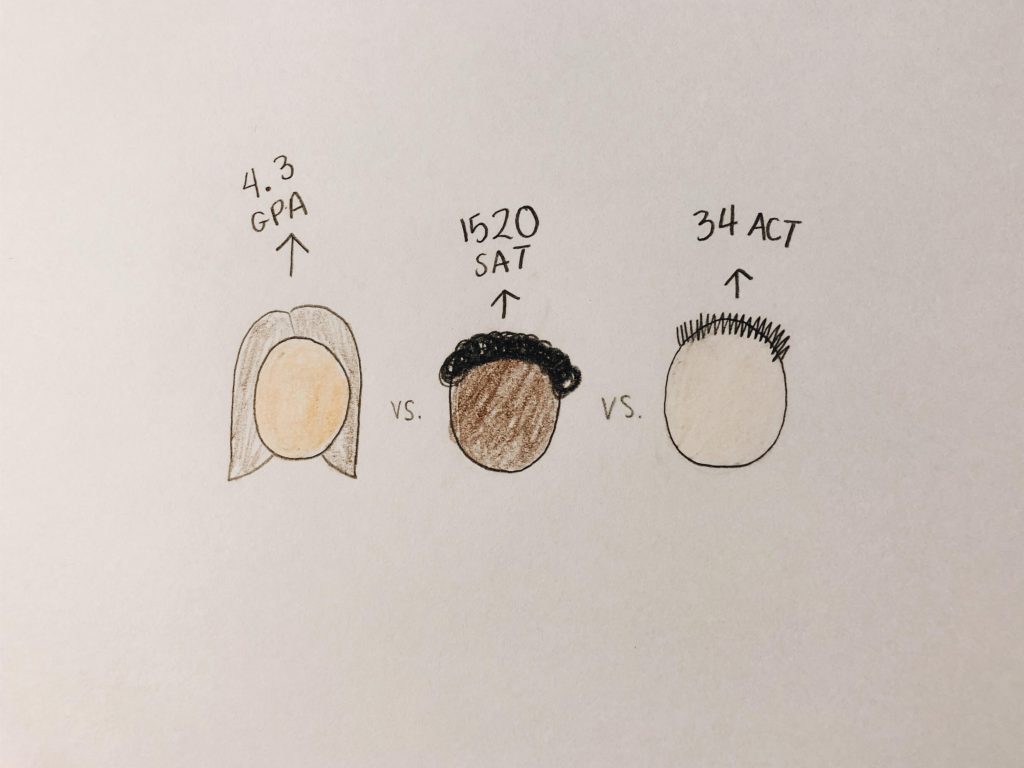Affirmative action is the policy of favoring members of a disadvantaged group who currently, or historically, have suffered from oppression or discrimination. In America, this group is mostly composed of Native Americans, African Americans, Latinos, as well as a few other minority groups.
So why does this matter to us, the average high school student? Whether we acknowledge it or not, affirmative action has a huge influence on college admissions. In both an effort to maintain diversity and educational opportunities for historically disadvantaged groups, many colleges and universities have a preference towards such minorities during the admissions process. Thus, a minority student who may not have the same resources as others – be it living in an impoverished area with inadequate schools or being unable to pay for test prep – will be much more likely to be admitted to a college than to a white student with the same grades and application.
But while affirmative action does benefit students who may not have been able to demonstrate their full potential in their high school years due to cultural and historical disadvantages, the policy itself has disadvantaged many motivated and intelligent students from admissions into schools due to their race. Some colleges set a percentage ‘quota’ for the number of students they want to accept of a certain race in order to ensure that they maintain diversity within the student body. This means that a Latino student with poor grades, due to their laziness rather than cultural and societal disadvantages, may have the same or much higher chance of acceptance as a hard-working Asian student with average grades into a certain university. Thus, students are forced to compete ‘within their race’ as they must work to fit into the top 10-20% of their race that their dream school accepts.
So what happens when affirmative action is taken away? In California and Texas, where affirmative action is banned, 7 out of 11 flagship universities including UC Berkeley and Texas A&M reported that enrollment of African American or Latino students either increased or remained the same when they replaced affirmative action with a percent plan based off of socioeconomic and geographical status, among other factors. Thus, schools were able to maintain both their racial and economic diversity without discriminating against particular races.
Affirmative action was created for the purpose of ensuring diversity and allowing equal opportunity for students of all races, especially those that are at a disadvantage. But it appears that the policy has lost sight of its original purpose as it creates exactly what it was implemented for: discrimination. While maintaining diversity and equal opportunity are important, perhaps it’s time to replace affirmative action with an alternate solution.
Christine Han
staff writer
Graphics: Amelia Chen


Amazing article